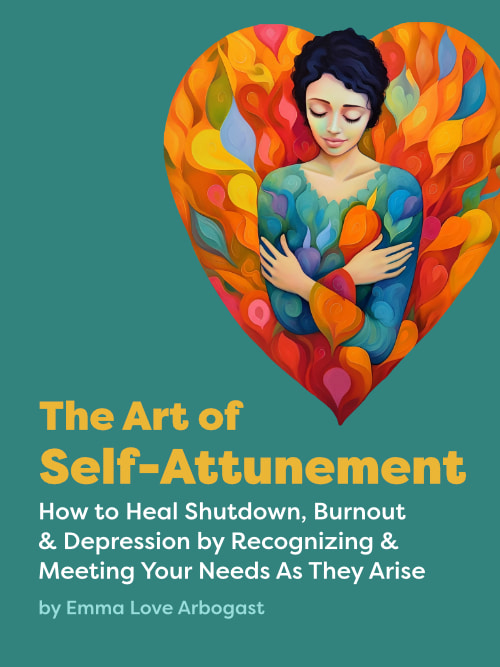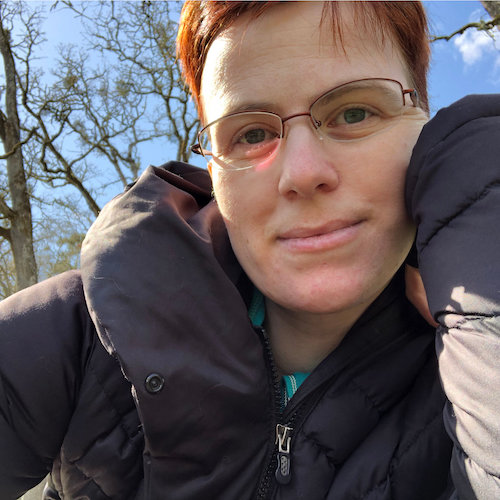Needs List
Jump to section:
physical needs · safety · predictability · autonomy · fairness · consideration · rest · harmony · to be oneself · belonging · contribution · competence · clarity · support · to be seen · connection · intimacy · grief · self-love · compassion · growth · play · inspiration · transcendence
What are needs and how do they work?
How to get better at identifying your needs
physical needs
clean air & water
nutritious food
movement
sleep
sexual expression
shelter
touch
Back to top
safety
boundaries
privacy
security
Back to top
predictability
consistency
dependability
structure
stability
reliability
trust
Back to top
autonomy
choice
freedom
independence
power within one’s world
Back to top
fairness
equality
justice
mutuality
Back to top
consideration
acknowledgement
respect
honoring
dignity
validation
for one’s needs to matter
Back to top
rest
relaxation
leisure
comfort
grounding
ease
Back to top
harmony
order
peace
beauty
cooperation
Back to top
to be oneself
authenticity
integrity
honesty
self-expression
creativity
individuality
differentiation
to decide one’s own meaning
Back to top
belonging
acceptance
participation
inclusion
Back to top
contribution
to serve others
to enrich life
purpose
Back to top
competence
accomplishment
efficacy
to use one’s gifts
Back to top
clarity
information
communication
shared reality
for things to make sense
Back to top
support
nurturing
encouragement
reassurance
understanding
help
Back to top
to be seen
appreciation
recognition
to be seen for one’s intentions
innocence
representation
celebration
Back to top
connection
community
friendship
companionship
interdependence
Back to top
intimacy
affection
closeness
warmth
presence
tenderness
Back to top
grief
honoring what was
time to process
letting go
Back to top
self-love
self-connection
self-forgiveness
self-nurturing
self-worth
self-validation
self-awareness
Back to top
compassion
empathy
kindness
grace
forgiveness
Back to top
growth
learning
discovery
new experiences
challenges
stimulation
Back to top
play
fun
spontaneity
laughter
aliveness
lightness
Back to top
inspiration
heroes
ideals
hope
Back to top
transcendence
communion
faith
flow
unity
meaning
Back to top
What are needs and how do they work?
Back to top
Needs are what you must have met consistently to be happy; in fact, happiness is an indicator that your needs are met.
The concept of universal human needs is the basis of NVC (Nonviolent Communication). NVC posits that all behavior stems from trying to meet needs, and when people become depressed, bitter, desperate, or violent, it is because their needs have not been met for a long time. This is often because people have not been taught or come up with good, workable, win-win strategies to meet their needs.
This list is not meant to be comprehensive or exact; many needs could go under more than one category, for example. This list is offered as validation, an invitation to learn and map out your own needs, and encouragement to keep supporting yourself and others to meet their needs.
How to get better at identifying your needs
Back to top
Your best indicator of a need met or unmet is your feelings:
- When you feel good, your needs are being met (or you anticipate they will be).
- When you feel bad, your needs are not being met (or you anticipate they won’t be).
While identifying your needs may be as simple as looking over the list, many of us have inner blocks to actually knowing our needs, considering them valid, or expressing them. Therefore, the work of identifying your needs often includes examining and rewriting these beliefs and mental habits.
You can start with these affirmations:
- Needs are always valid, whether or not I can get them met.
- Acknowledging my needs feels good regardless of if I have the ability to meet them right now.
- Needs are neutral; they are just information about what is true for me right now.
- Knowing my needs does not obligate me to act, or obligate others to meet them; this is just information about myself that I want to know.
- It may be hard to identify my needs right now, but it is a muscle that will improve with practice.
Practice can look like:
- Checking the needs list every evening to make connections between your daily feelings and the needs that were met or unmet by events of the day.
- Checking the needs list every morning to connect your inner feelings with needs you want to meet that day.
- Checking in with your needs at regular intervals, or as part of your other daily routines.
- Having regular conversations with a partner or friend about what needs are up for you.
- Asking yourself, when watching or reading fiction, “What does this character need?”
- Guessing other people’s needs (gently), in person, on social media, or silently while consuming the news or other content.
- Creating a needs-affirming culture in your family, relationship, or workplace by posting the needs list and discussing needs.
- Attending an NVC (Nonviolent Communication) practice group online or in your area.
Self-love is a set of skills you can learn

Stop Being Cruel to Yourself
$2.99


Hey there! If you're new here, welcome to the Emmaverse! 🌈✨
About me: I'm autistic/ADHD and I write about how to be free and happy from the inside out.
Keep in touch?
Self-Liberation Society